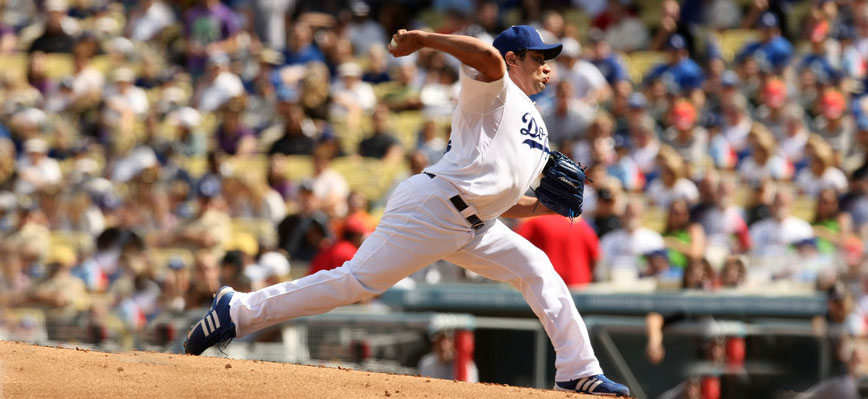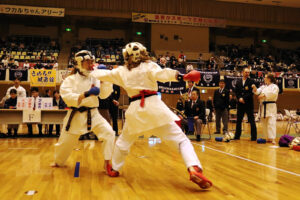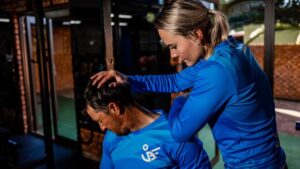Be it physical therapy or surgical management, there are ways to eradicate that tingling pain in the elbows of throwing athletes. Here’s all that you need to know about the disorder:
It isn’t a rare episode when an athlete—especially associated with throwing sports—complains of sharp pain in the elbow or a sore elbow joint. In such a scenario, the athlete may be suffering from a disorder named as ‘Pitcher’s elbow.’ Overhand throwing often puts high stress on the elbow. In baseball pitchers and other throwing athletes, these stresses are repeated, leading to serious overuse injury.
Therefore, Pitcher’s elbow, also known as Valgus Extension Overload, is a disorder characterized by posteromedial elbow discomfort caused by repeated micro-trauma in throwing athletes. VEO can also produce numbness, edema, and discomfort.
VEO is not a one-time injury; rather, it develops over time as a result of excessive elbow usage. VEO is rare in non-throwers since it is produced by overuse and the repetitive high stress of throwing. Pain during or after throwing, a reduction in throwing speed, and recurrent numbness and tingling of the elbow, forearm, or hand are the most common symptoms.
Cause of disorder
The humerus and olecranon are pushed and twisted against one other during a throwing action, and the UCL (ulnar collateral ligament) serves to support the whole joint. The olecranon’s protective cartilage can degrade due to repeated motion and severe stress, resulting in abnormal bone protrusion (bone spurs/osteophytes).
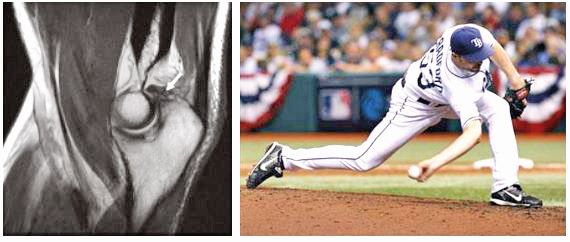
Recovery time: If nonsurgical therapy is effective, the athlete can usually resume throwing in 6 to 9 weeks. If surgery is necessary, the time it takes to recuperate depends on the technique and the degree of the damage.
Rehab Protocol
In most circumstances, a brief time of rest is the first step towards VEO recovery. If pain eradication is insufficient, other treatment choices will be necessary. These procedures include: Physical rehabilitation: Specific workouts might help you regain your strength and flexibility. A good rehab program will allow you to gradually resume throwing. Ibuprofen (Motrin) and naproxen (Aleve) are two medications that decrease swelling and discomfort and are available in prescription dosages. Positional shift: To reduce excessive elbow stress, your throwing form may be assessed and modified.
How to diagnose?
Range of motion, strength, elbow stability, sensitivity, muscle mass, appearance, and even shoulder is assessed. All of this information is used to pinpoint the exact location of the pain. A valgus stress test is carried out, which replicates the stresses that the elbow encounters during throwing. More testing, such as X-rays, may be necessary to determine. X-rays commonly reveal stress fractures, bone spurs, and other abnormalities. CT scans give three-dimensional images of the bone and can be quite helpful in diagnosing bone spurs and other skeletal illnesses that are commonly observed in VEO patients. MRI scans of the soft tissues of the elbow can assist distinguish between VEO and ligament and tendon disorders, which commonly present with identical symptoms. This test can also detect a stress fracture that isn’t visible on an x-ray image and help determine the severity of an injury, such as whether a ligament is mildly torn or completely ripped.
Surgical management
Several surgical treatments for treating VEO without needing an athlete to adjust their playing abilities are available, including:
Arthroscopic removal of olecranon bone spurs, as well as any loose bone or cartilage within the elbow joint, is possible.
Ulnar Collateral Ligament Reconstruction (Tommy John surgery). This procedure is utilized if the VEO has resulted in an unstable or ruptured UCL. The whole ligament must be restored since most ligament injuries are not repairable. A tissue transplant is utilized to replace the injured ligament after surgery, functioning as a scaffold for a new ligament to grow on. In most situations, the ligament is one of the patient’s own tendons.
Preventive measure : According to recent studies on VEO prevention, appropriate training, technique, and recovery time can assist to prevent elbow throwing injuries.

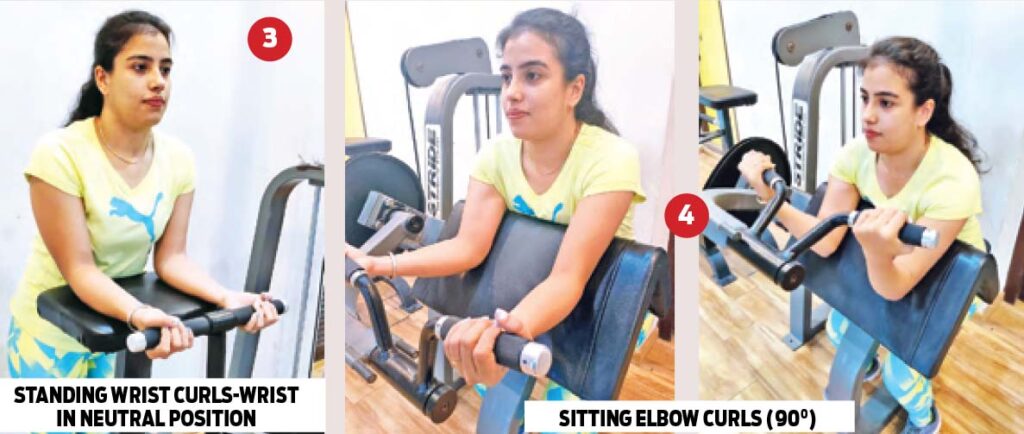
Management
VEO may usually be treated with rest and physical therapy at the initial stage. If it progresses and physical therapy fails to eradicate the pain, a variety of surgical techniques can be used to relieve it.




